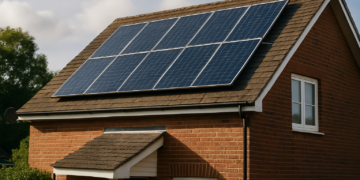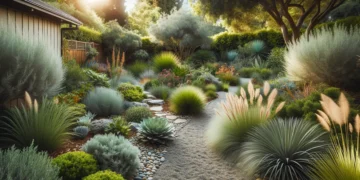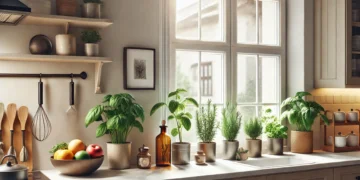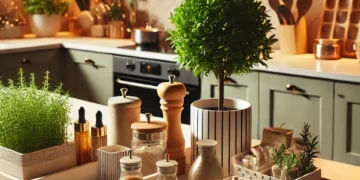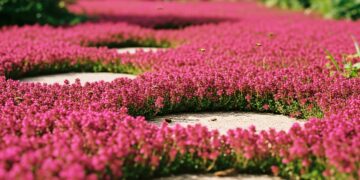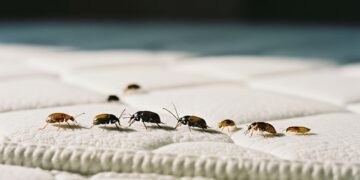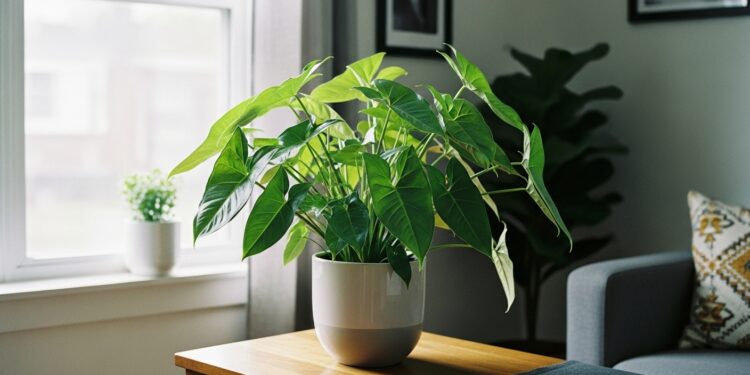Arrowleaf plants are a favorite choice for indoor gardening due to their unique arrow-shaped leaves and easy-care nature. This beautiful plant is known for its attractive foliage, making it a desirable addition to any space. It is also a popular houseplant among plant enthusiasts, appreciated for its versatility and appeal. Whether you are a beginner or an experienced plant lover, this guide will provide simple and helpful tips to keep your arrowleaf plant healthy and Bustling. From the good number of sweat and fall to the trump ground and green problems to check for you’ll read everything necessary to charge for your set and love its rich park dish complete class beat. For a broader perspective on how plants can contribute to your home’s aesthetic, explore ideas for a cozy room design.
Understanding the Arrowhead Plant
The arrowhead plant, which is scientifically known as Syngonium podophyllum, is commonly referred to by its common name “Arrowhead Plant” and is also known as “Arrowhead Vine” and other widely used names. It is a preferred plant for indoor gardening. It is named after the arrow-like leaves that hang along the vines.
Tropical areas are native to these plants, specifically the central regions of tropical rainforests in Central and South America. The Arrowhead Plant originates from Central and South America, and they are great houseplants because of their adaptability.
Varieties of Arrowhead Plants
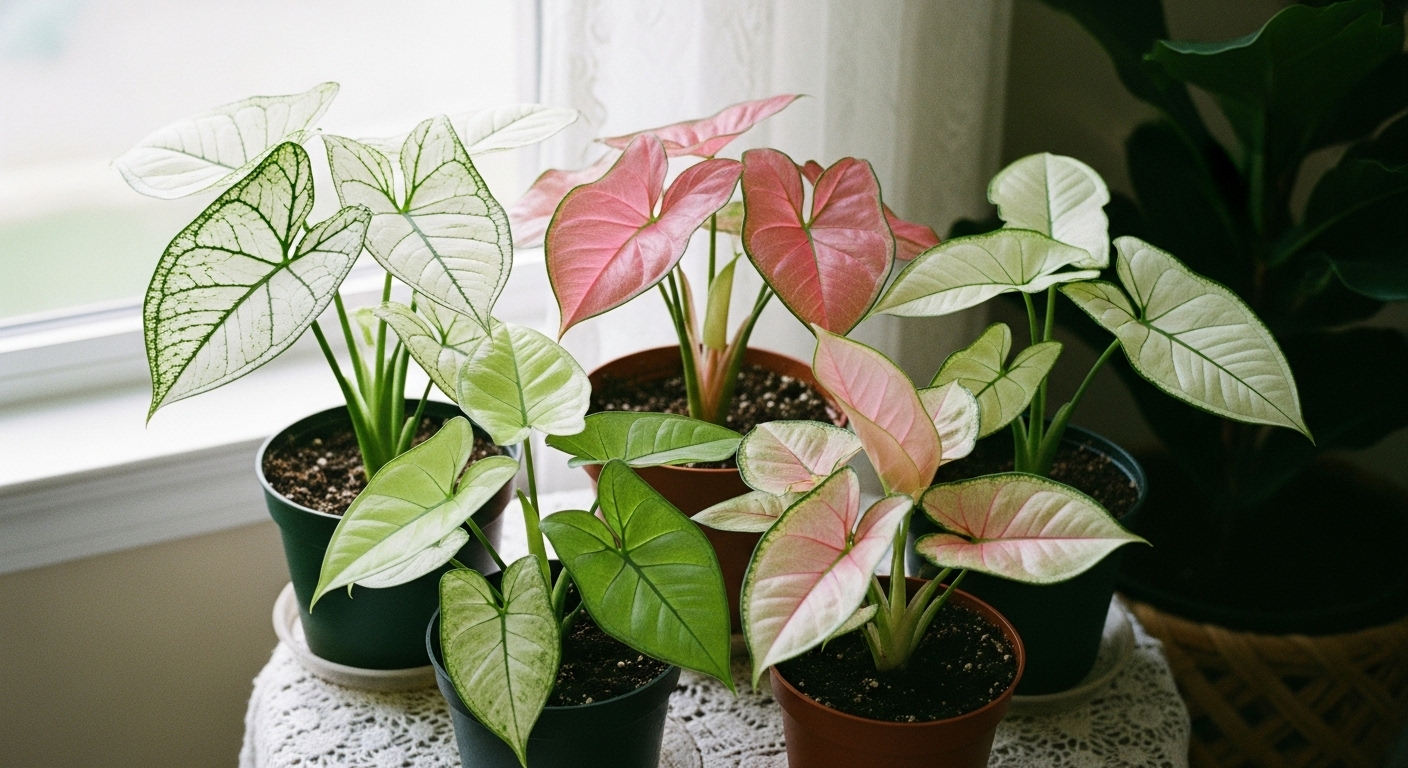 Each one of them has unique leaf shapes and colors. Among them are the following:
Each one of them has unique leaf shapes and colors. Among them are the following:
- White Butterfly
- Pink Allusion
- Berry Allusion
- Neon Robusta
- Strawberry Cream
- Cream Allusion
- Bold Allusion
The ‘Strawberry Cream’ variety is known for its striking pinkish new growth, which gradually fades to light green as the leaves mature. ‘Cream Allusion’ features cream and green foliage with hints of pink, making it a standout among variegated types. ‘Bold Allusion’ is recognized for its distinctive, dark green foliage and trailing growth habit, adding visual interest to any indoor garden.
Arrowhead Plant Care Basics
Arrowhead plant care is very important for having a healthy and colorful plant. Achieving a healthy plant depends on several factors such as light, water, soil, and environment. Here are the main things you need to consider when taking care of an arrowleaf plant:
Light Requirements
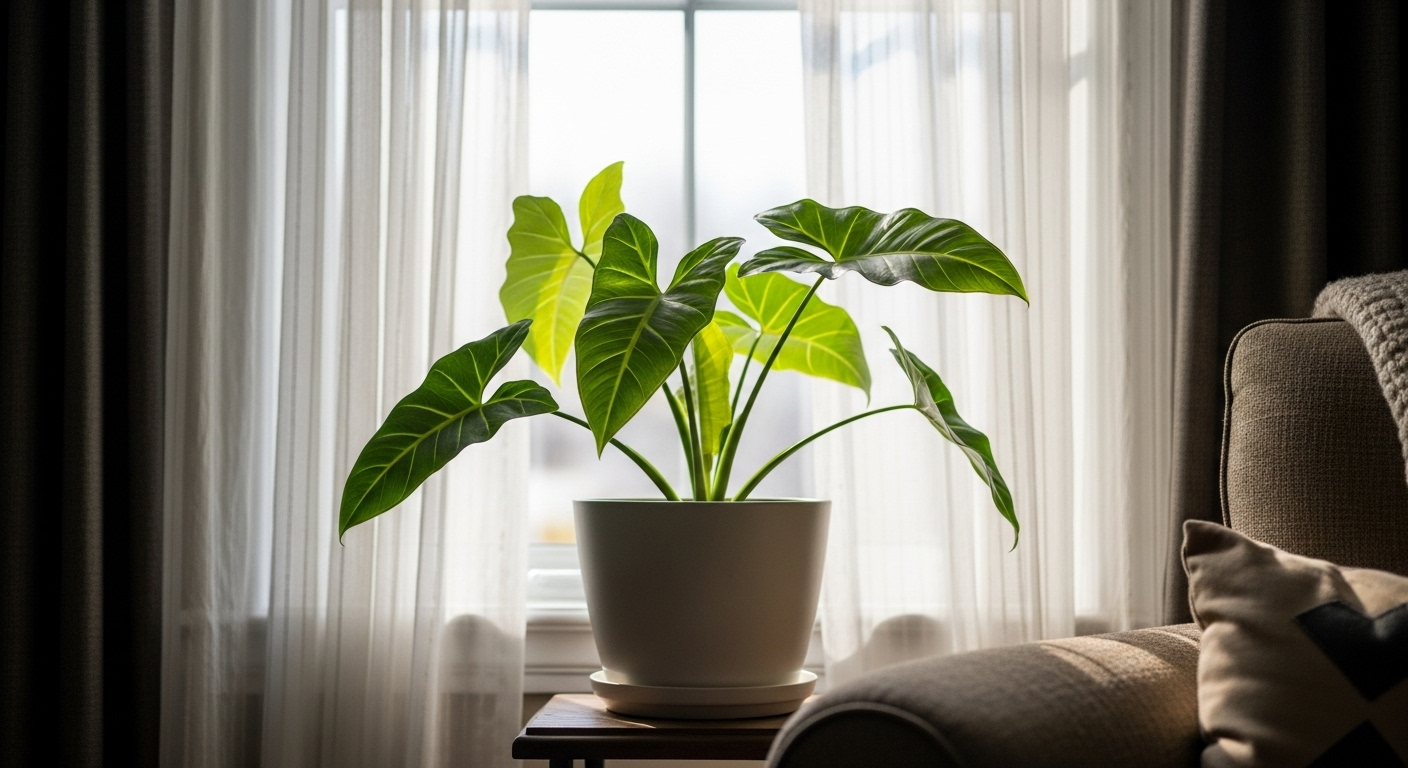 Arrowleaf plants thrive best in moderate light or medium light conditions, with bright indirect light being ideal. While they can survive in low-light situations, providing enough light is important to maintain vibrant foliage. Indirect light or partial shade is preferable, as it helps prevent leaf burn and keeps the plant healthy. Bright light is beneficial as long as it is not direct. Too much light or exposure to direct sun can cause the leaves to turn pale or burn, so avoid placing the plant in harsh sunlight.
Arrowleaf plants thrive best in moderate light or medium light conditions, with bright indirect light being ideal. While they can survive in low-light situations, providing enough light is important to maintain vibrant foliage. Indirect light or partial shade is preferable, as it helps prevent leaf burn and keeps the plant healthy. Bright light is beneficial as long as it is not direct. Too much light or exposure to direct sun can cause the leaves to turn pale or burn, so avoid placing the plant in harsh sunlight.
Watering Needs
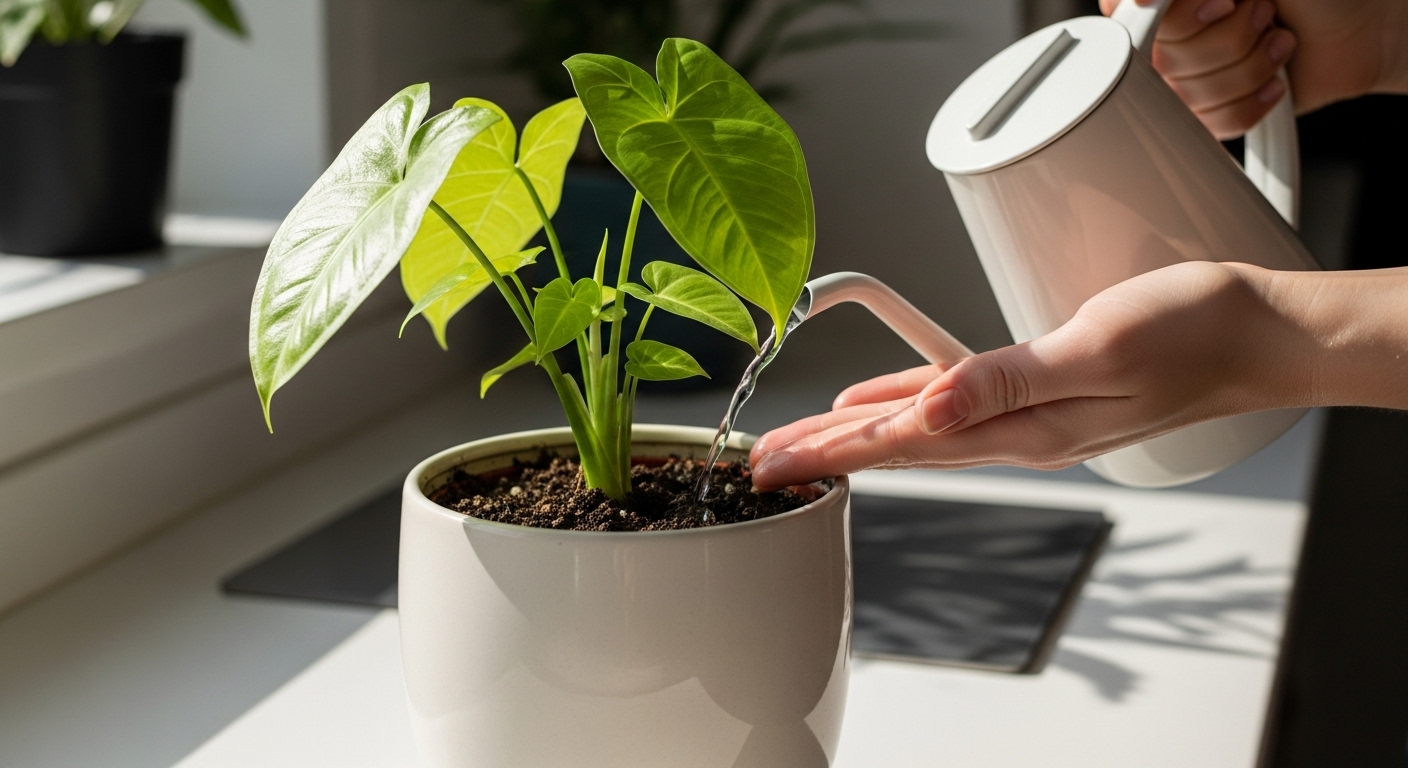 Proper watering is a key aspect of arrowleaf plant care. These plants desire the soil to be moist but not soggy, so it’s important to keep the soil moist for healthy growth. Water when the top coating of soil is dry to the stroke. Overwatering can lead to root rot, a common issue caused by excess moisture and poorly draining soil, so proper watering practices are essential to prevent this problem. During wintertime, when the growth slows down, it is better to reduce the watering.
Proper watering is a key aspect of arrowleaf plant care. These plants desire the soil to be moist but not soggy, so it’s important to keep the soil moist for healthy growth. Water when the top coating of soil is dry to the stroke. Overwatering can lead to root rot, a common issue caused by excess moisture and poorly draining soil, so proper watering practices are essential to prevent this problem. During wintertime, when the growth slows down, it is better to reduce the watering.
Soil and Fertilizer
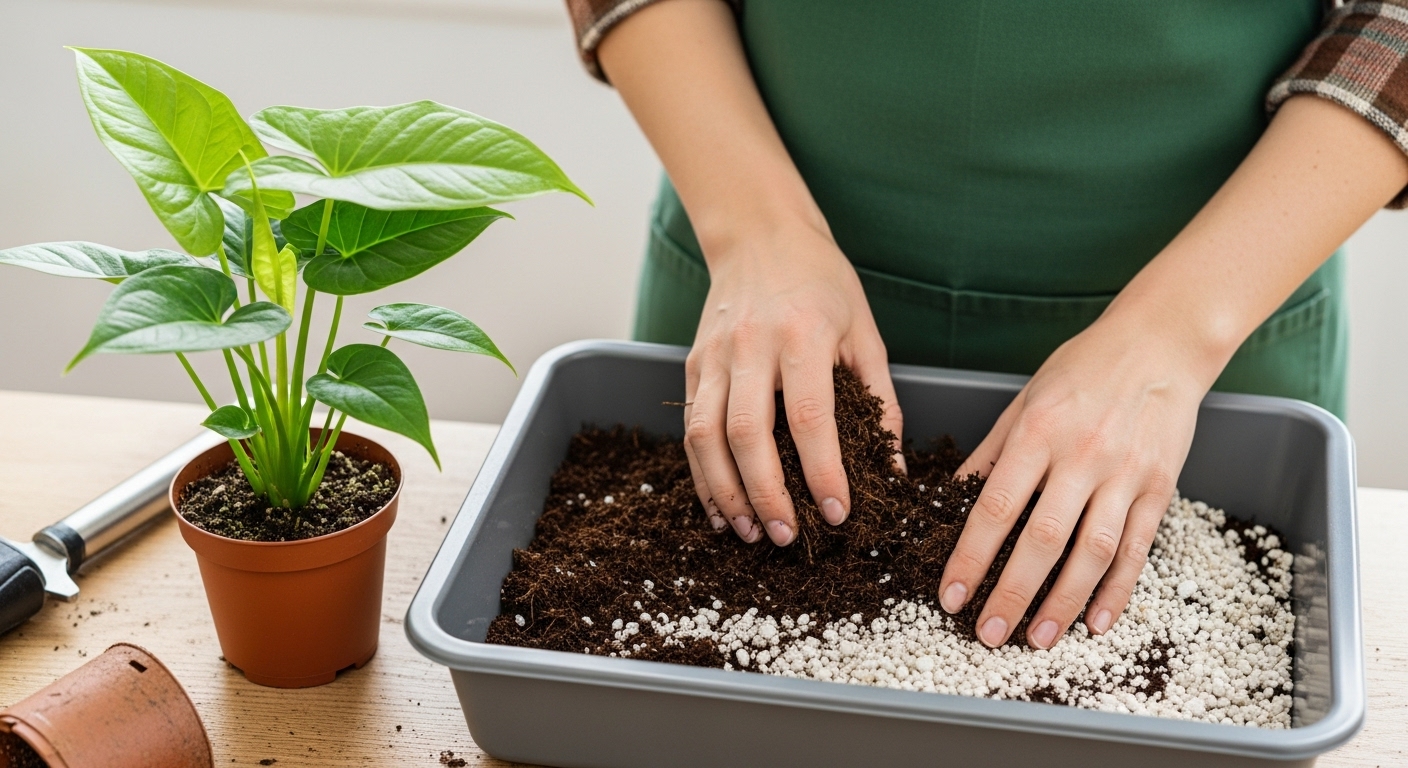 Arrowleaf plants do best in a potting mix with good drainage to prevent root rot and promote healthy growth. Always use containers with a drainage hole to allow excess water to escape and avoid waterlogging. The plants are fertilized using a mix of peat moss, perlite, and a regular potting soil. For propagation or to further improve drainage, a light mix or soilless mix can be used. Balance the fertilization period monthly while they grow. Water-soluble fertilizer should be the one used.
Arrowleaf plants do best in a potting mix with good drainage to prevent root rot and promote healthy growth. Always use containers with a drainage hole to allow excess water to escape and avoid waterlogging. The plants are fertilized using a mix of peat moss, perlite, and a regular potting soil. For propagation or to further improve drainage, a light mix or soilless mix can be used. Balance the fertilization period monthly while they grow. Water-soluble fertilizer should be the one used.
Temperature and Humidity
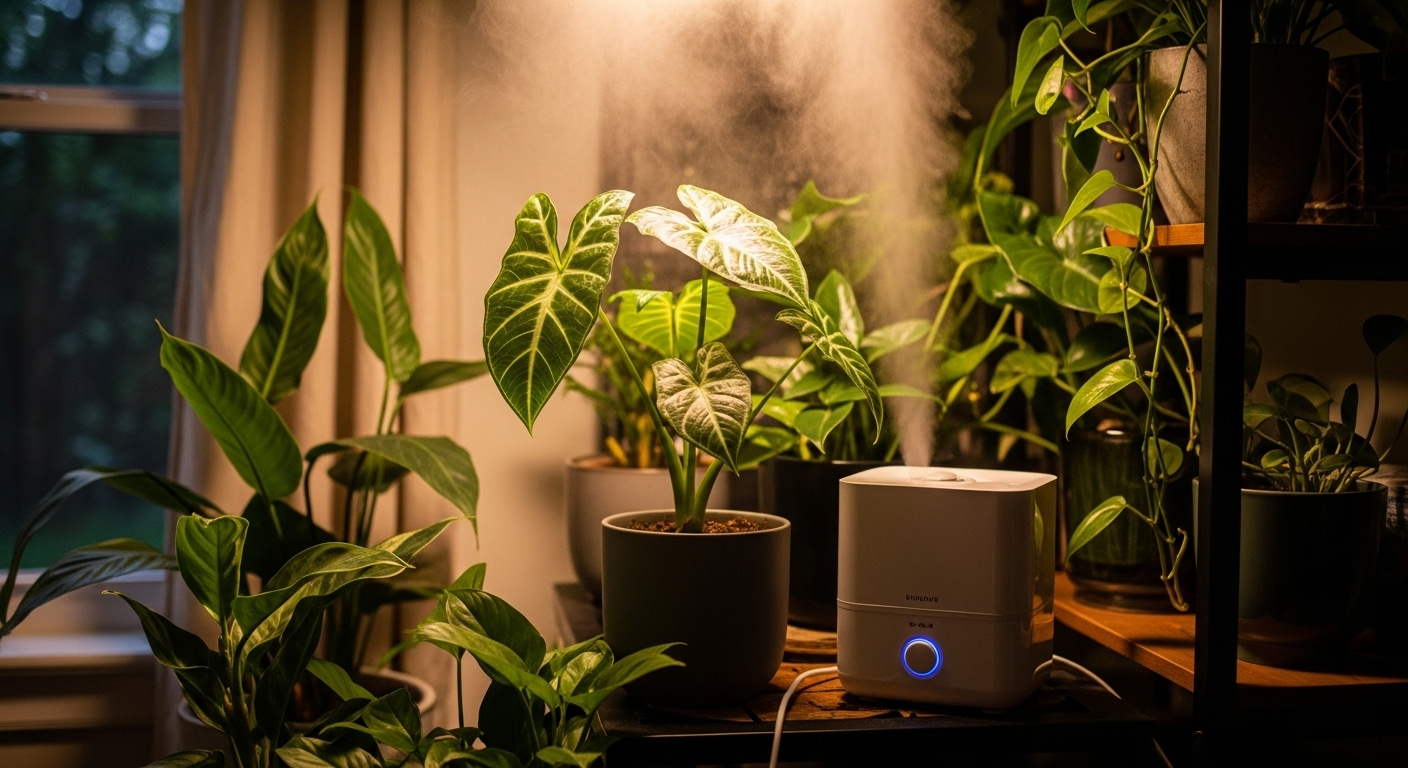 Arrowhead plants thrive best at temperatures between 60-75°F (15-24°C), which are ideal for their healthy growth. These tropical plants also prefer high humidity, reflecting their rainforest origins. To achieve high humidity, mist the leaves regularly or use a humidifier or pebble tray.
Arrowhead plants thrive best at temperatures between 60-75°F (15-24°C), which are ideal for their healthy growth. These tropical plants also prefer high humidity, reflecting their rainforest origins. To achieve high humidity, mist the leaves regularly or use a humidifier or pebble tray.
Arrowhead Plant Care Indoor: Creating the Ideal Environment
Indoor arrowleaf plants can enhance the look of your living space by adding lushness and visual interest to your decor. When provided with the right environment, the arrowhead vine adapts well indoors and can be grown as a trailing or climbing vine. The key is to do the following:
Choosing the Right Spot
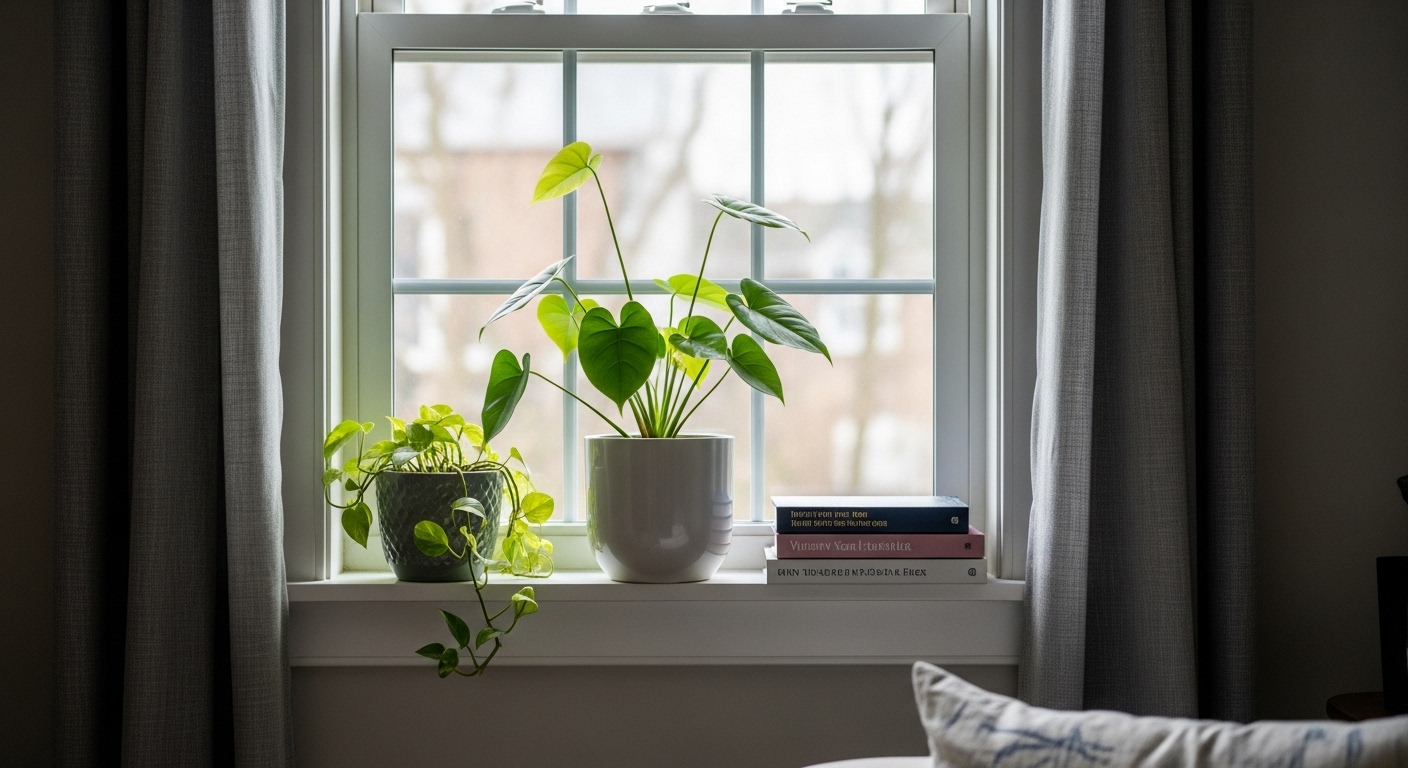 Arrowleaf plants should be placed in a window that faces north or east to receive optimal light. Also, be sure to keep them away from drafts and heating vents.
Arrowleaf plants should be placed in a window that faces north or east to receive optimal light. Also, be sure to keep them away from drafts and heating vents.
Maintaining Humidity
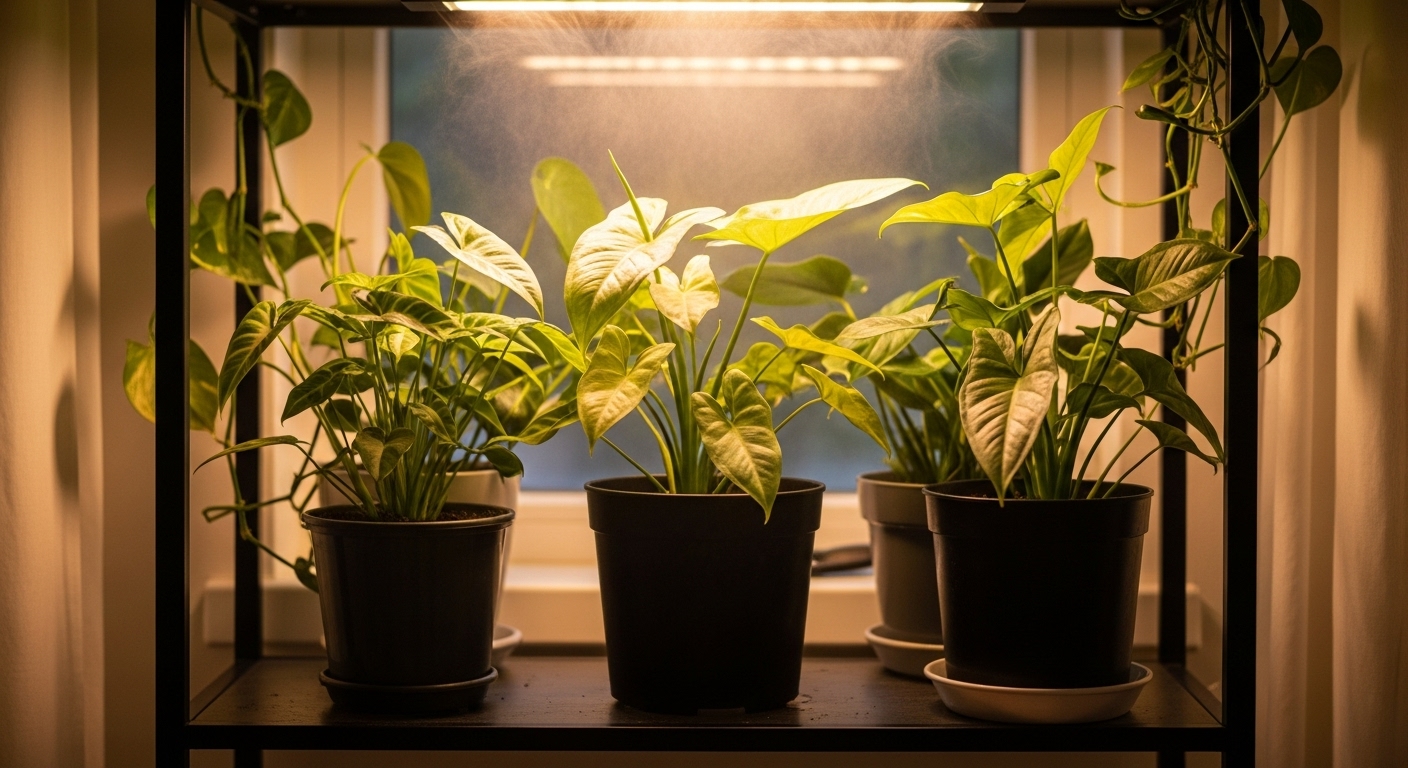 Create a mini environment with more humidity by placing plants close together. Effectively using a humidifier can help arrowhead plants, especially when the air gets very dry.
Create a mini environment with more humidity by placing plants close together. Effectively using a humidifier can help arrowhead plants, especially when the air gets very dry.
Regular Cleaning
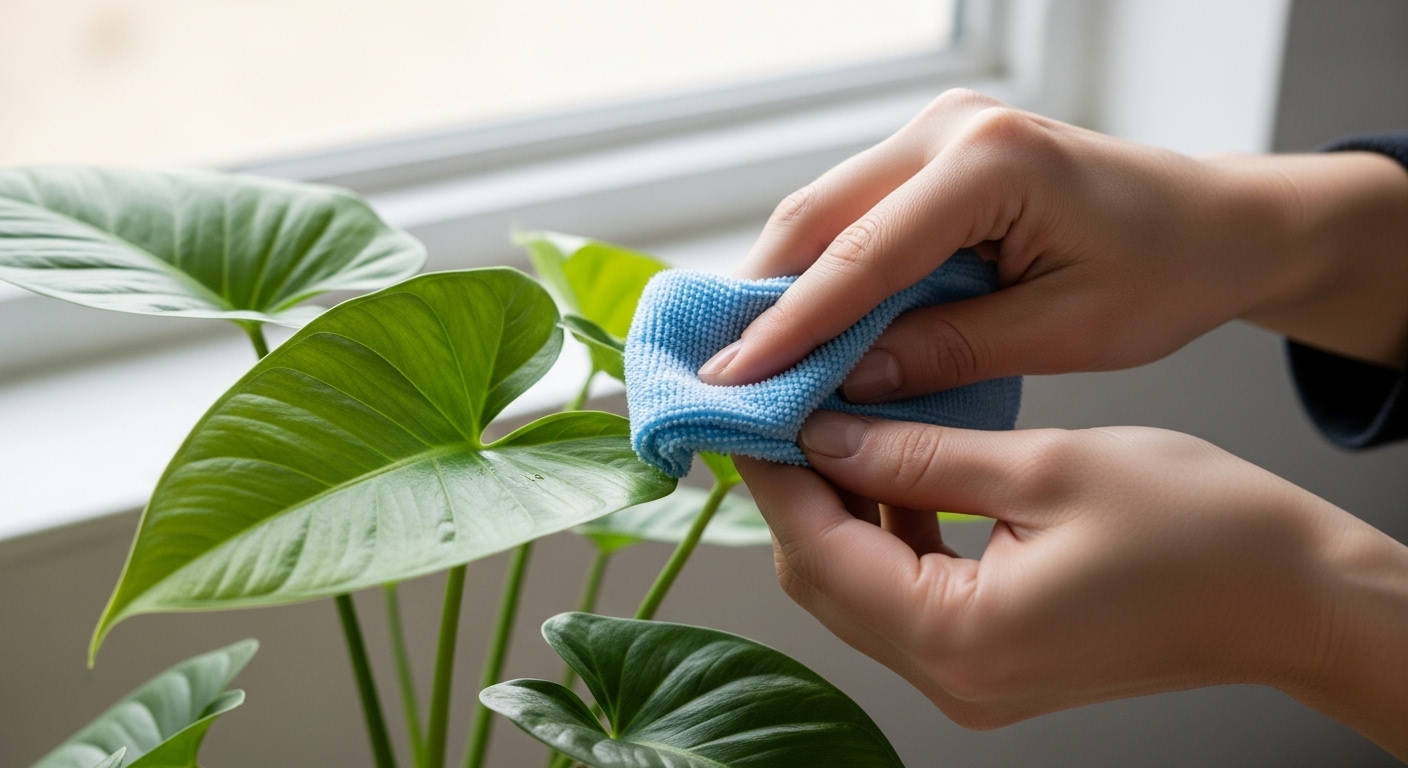 The leaves can be covered in dust, which causes the dimming of light and thus decreases the rate of photosynthesis. Hence, as part of daily arrowhead plant care, always clean the leaves with a wet cloth.
The leaves can be covered in dust, which causes the dimming of light and thus decreases the rate of photosynthesis. Hence, as part of daily arrowhead plant care, always clean the leaves with a wet cloth.
When cleaning or pruning, it is advisable to wear gloves, as the sap can cause skin irritation.
How to Care for Arrowhead Plant: Pruning and Propagation
Having a successful arrowleaf plant includes regular pruning and knowledge of the propagation process. As the plant matures, it can develop a climbing habit and produce larger leaves, enhancing its lush appearance.
Pruning encourages a bushier appearance and helps maintain the desired shape. Removing lower leaves can improve airflow and prevent pest issues.
Propagation is typically done using stem cuttings, which root easily in water or soil. Healthy stems are important for successful propagation and overall plant structure.
Note: If leaves turn brown, it may indicate improper watering or low humidity.
Pruning Techniques
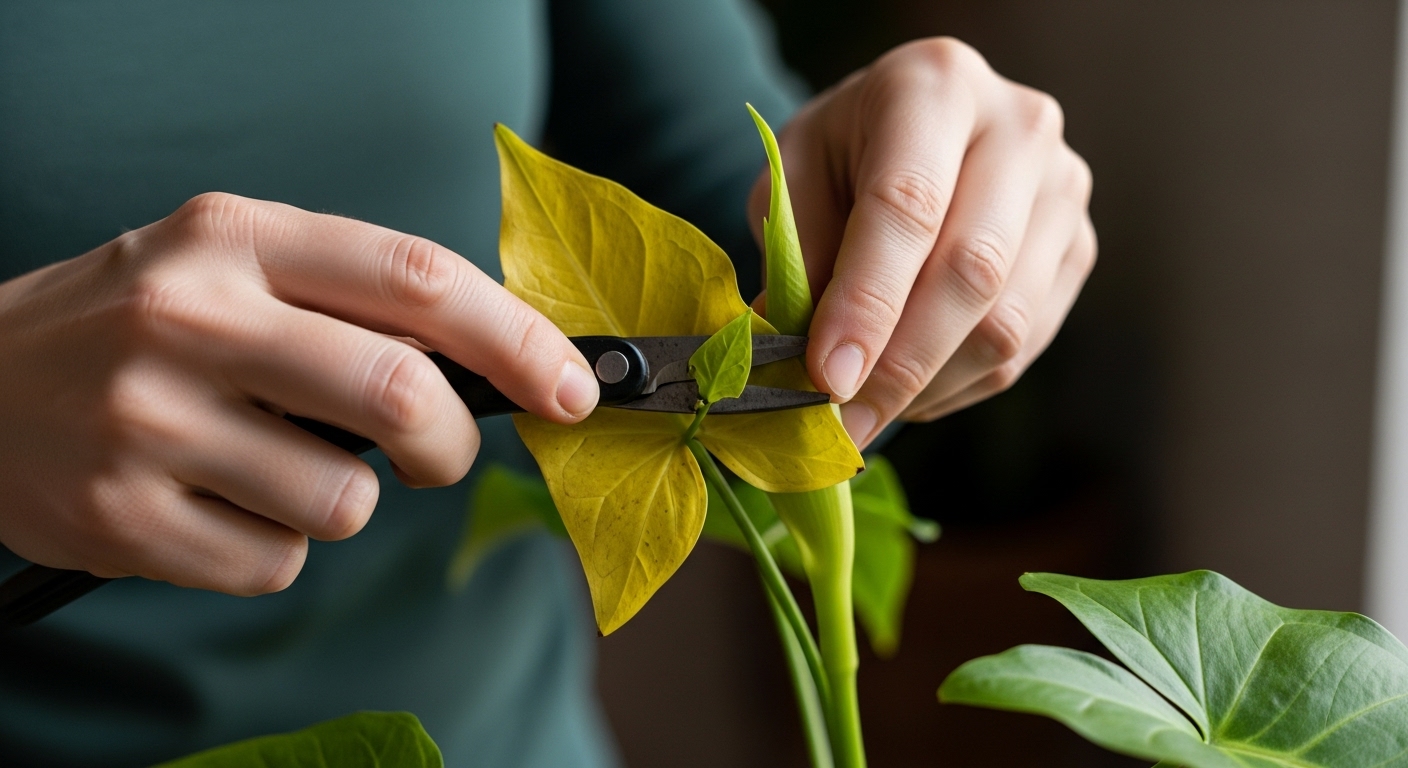 Pruning of arrowleaf plants will result in denser growth and a neater structure. You must strip off any of the yellow and or dead leaves, allowing the plant to grow new ones. Prompt the plants to branch out by cutting or pinching the growing tips.
Pruning of arrowleaf plants will result in denser growth and a neater structure. You must strip off any of the yellow and or dead leaves, allowing the plant to grow new ones. Prompt the plants to branch out by cutting or pinching the growing tips.
Propagation Methods
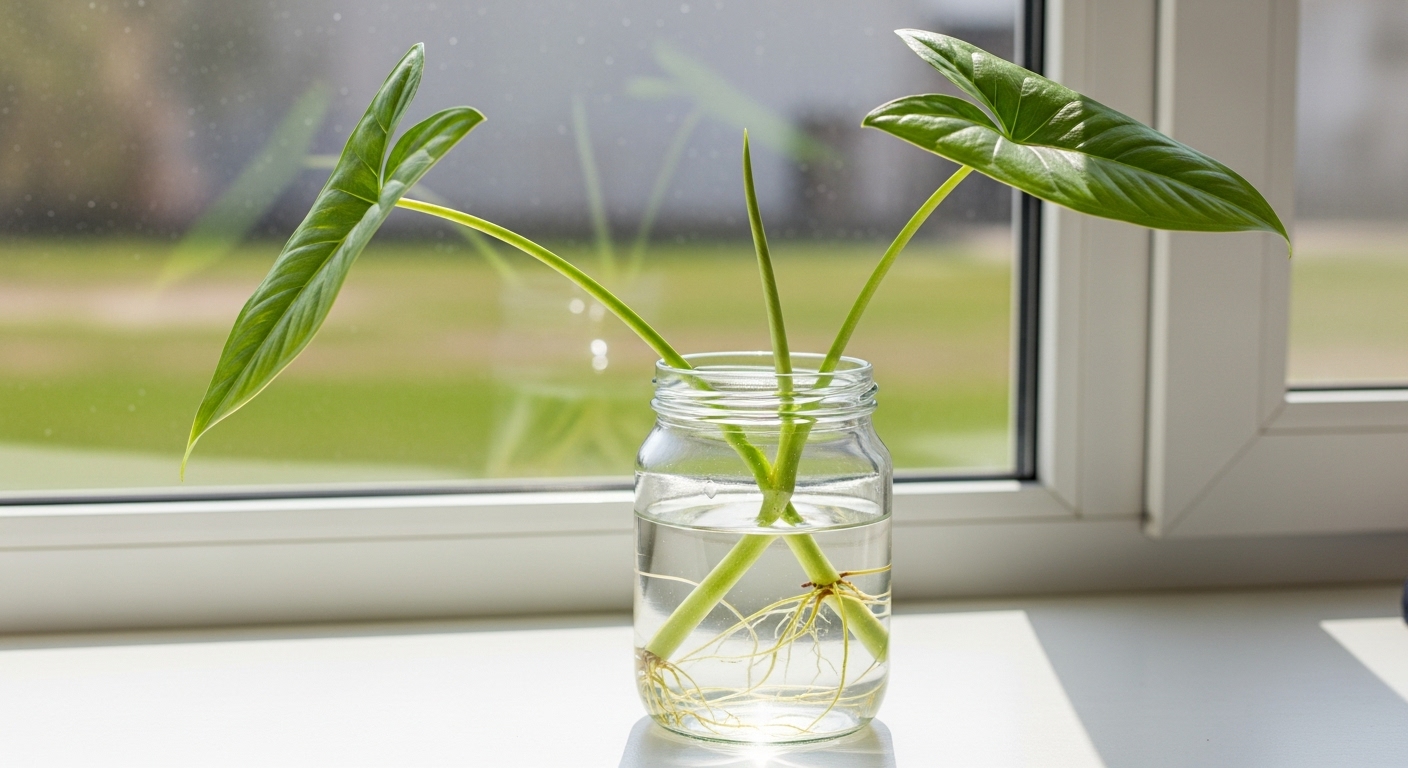 Arrow leaf plants are a number of the easiest plants to broadcast. Lower is the step-by-step clarification of the procedure:
Arrow leaf plants are a number of the easiest plants to broadcast. Lower is the step-by-step clarification of the procedure:
- Get a stem with at least two leaves.
- Remove the bottom leaf and place the rod in water.
- When the extreme first develops, lay it in the soil.
Common Issues in Arrowleaf Plant Care
Arrowhead plants can experience several common problems even with good care. Here is some advice on how to deal with these frequent issues:
One common problem is yellow leaves, which can be caused by overwatering, insufficient light, or natural aging. Adjust watering habits and ensure the plant receives adequate light to help prevent yellow leaves.
While arrowhead plants are primarily grown for their attractive foliage, it is important to note that they rarely produce flowers or flowers indoors. Flowering is more likely to occur in their native tropical environments with optimal heat, light, and humidity.
Yellowing Leaves
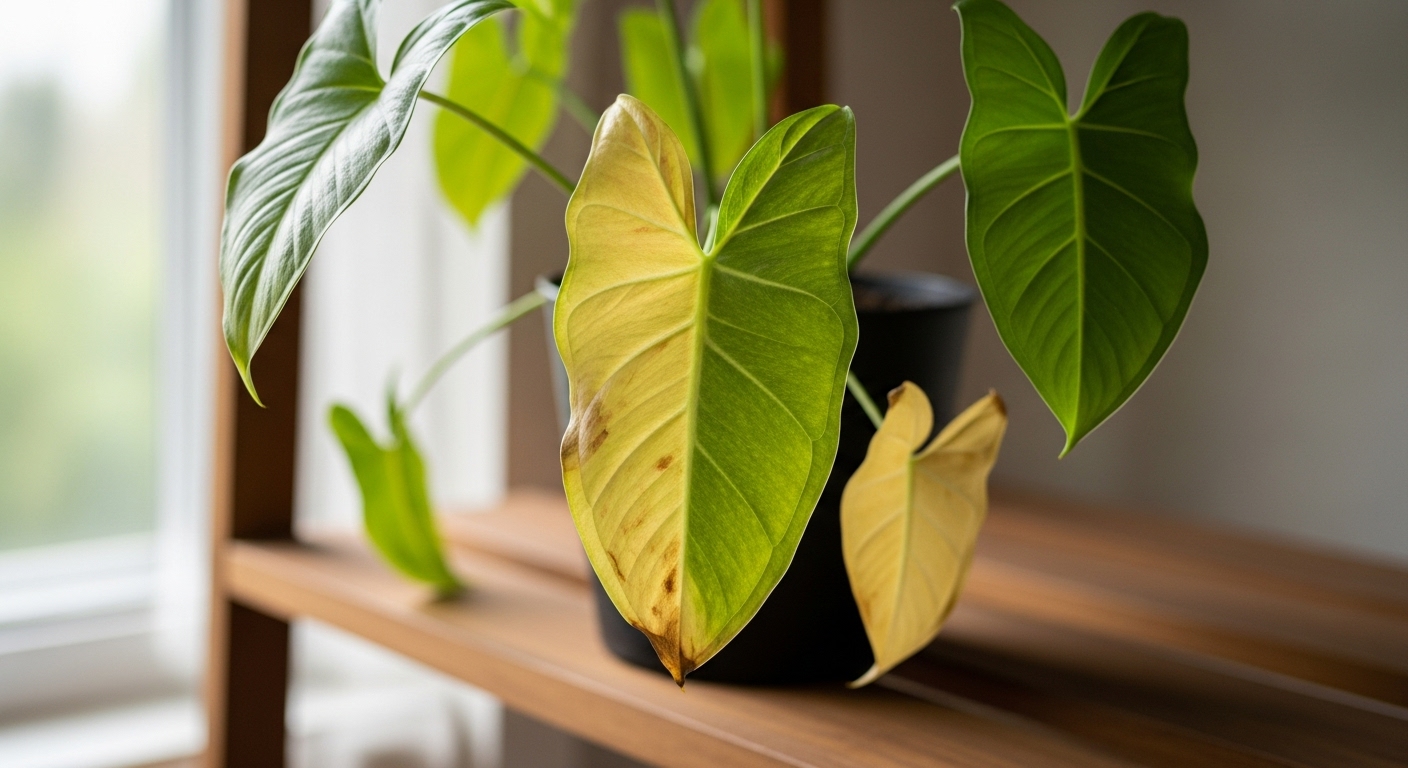 This is usually an indication of overwatering. Adjust your watering schedule and make sure there is proper drainage in your pots.
This is usually an indication of overwatering. Adjust your watering schedule and make sure there is proper drainage in your pots.
Brown Leaf Tips
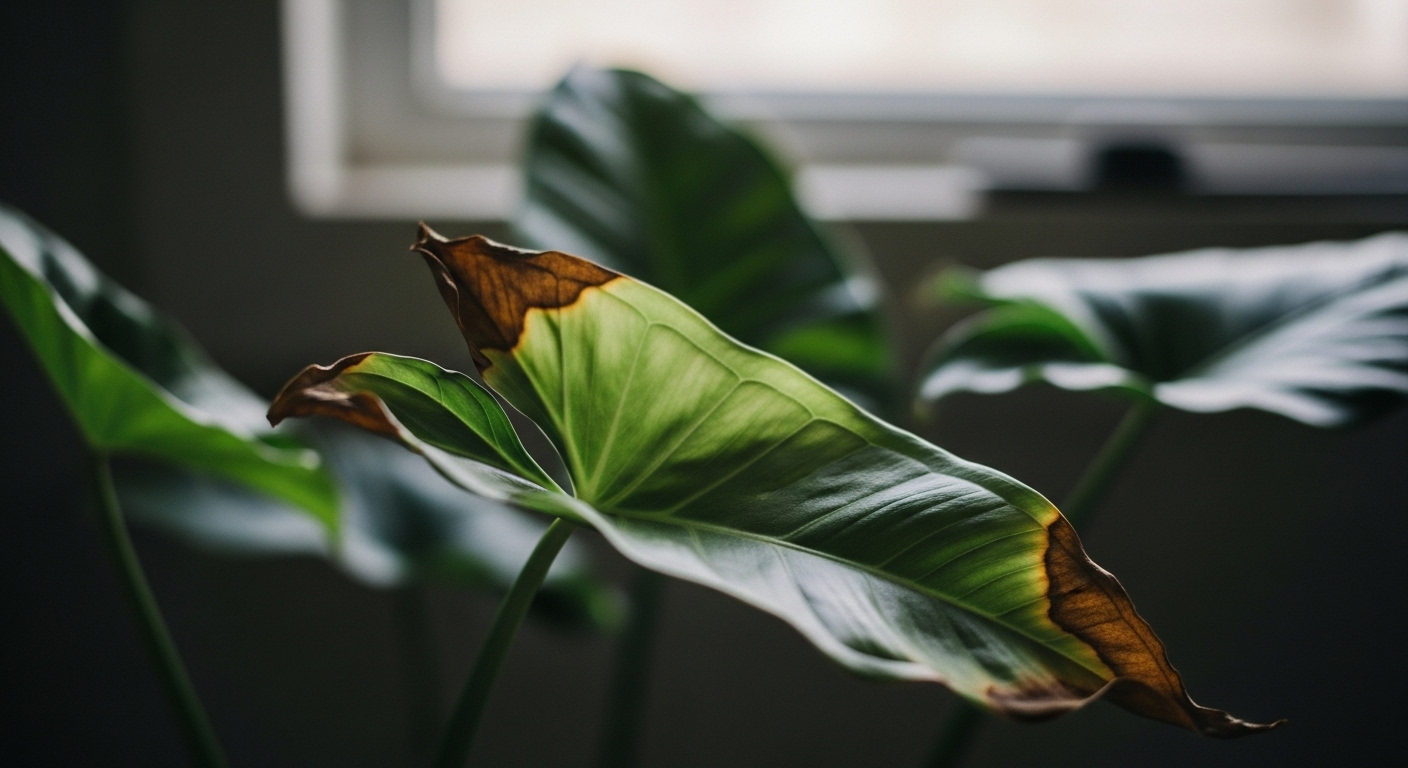 Lack of humidity and overfertilization are revealing themselves as faded brown leaf tips. Give the air around the plant some moisture and decrease the use of the fertilizer.
Lack of humidity and overfertilization are revealing themselves as faded brown leaf tips. Give the air around the plant some moisture and decrease the use of the fertilizer.
Pest Infestations
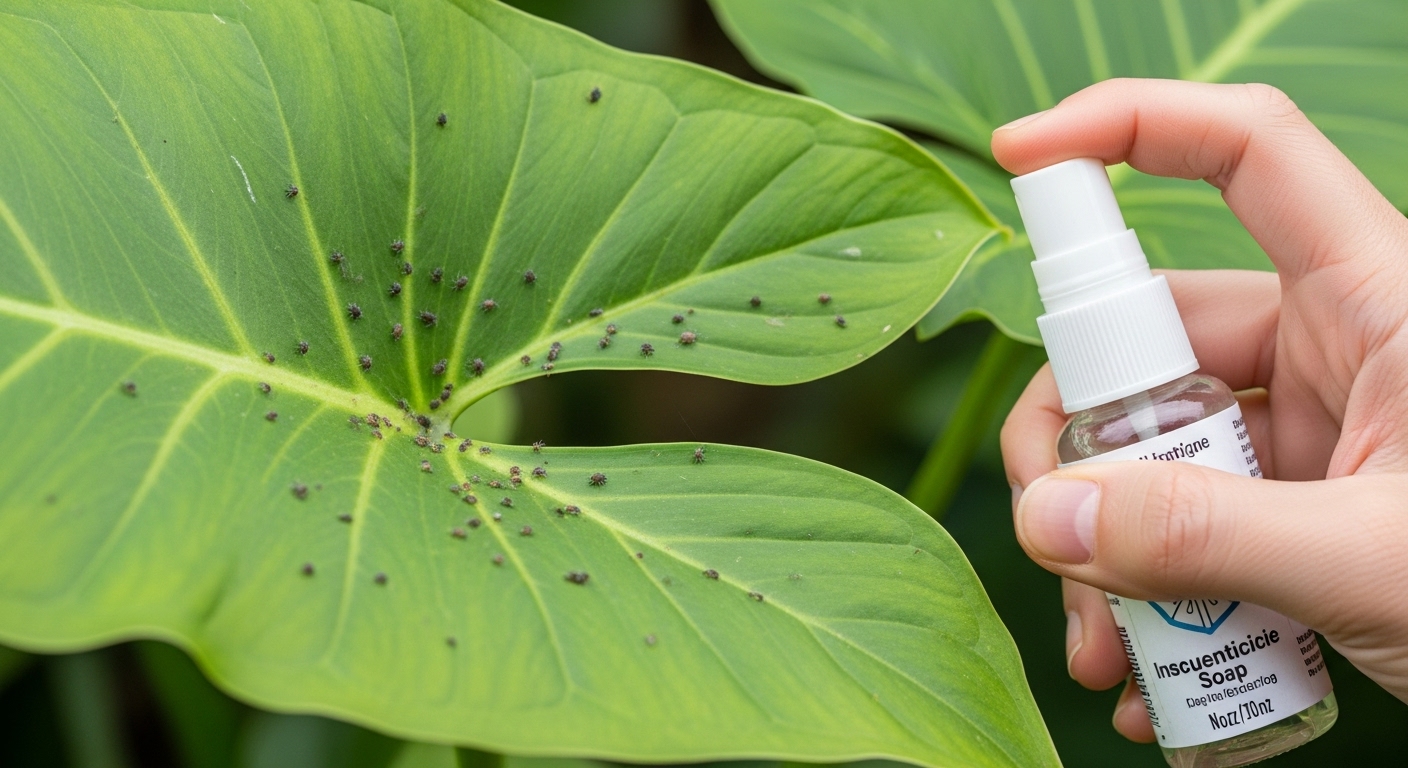 The most common pests are the smallest, which are spider mites & mealybugs. Each day, check the plant for spider mite damage and apply insecticidal soap if they are uncovered.
The most common pests are the smallest, which are spider mites & mealybugs. Each day, check the plant for spider mite damage and apply insecticidal soap if they are uncovered.
Additionally, be aware that arrowhead plants are toxic to pets if ingested. Always keep these plants out of reach of pets to prevent accidental poisoning.
Seasonal Care for Arrowhead Plants
Give your arrowhead plant some love, its care regimen will probably change a bit during the year. By following these carefully set plant care schedules, the following can be done: In Spring and Summer Care, amongst growing plants, the arrowhead type is the thickest. Increase the volume and number of times the plant is watered, and add a monthly supplement of ¼ of the amount of fertilizer it is normally given. A larger plant will need more content. Once grown, the plant can be given less water. Maintaining the warmth of the situation is necessary; evade sudden cold breezes.
Spring and Summer Care
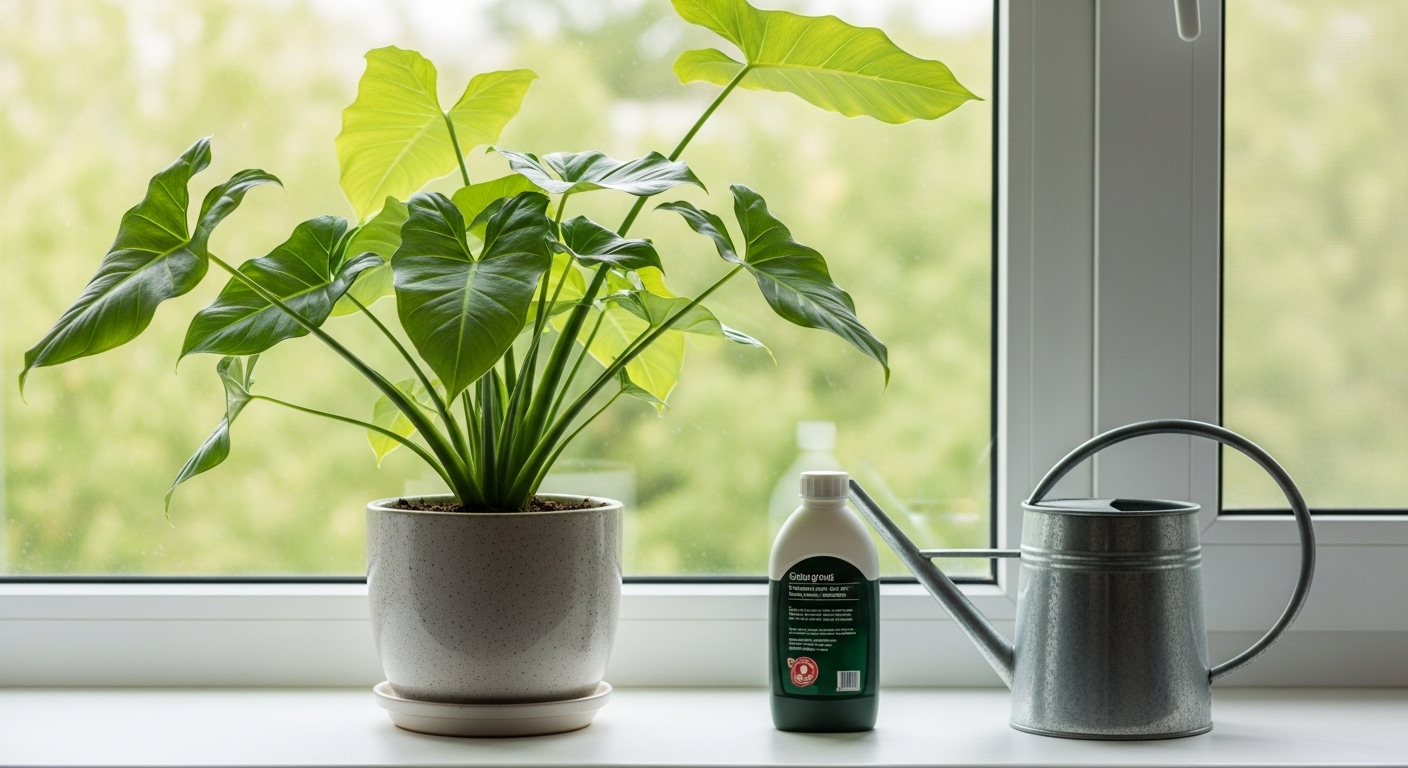 At the time of the growing season, arrowhead plants need more water and are fertilized. The plant uses up more water during the growth season, so fill the pot with a larger portion of the volume of water every 12 hours. A more robust plant is required. At this time, succulents should retain less water than during the summer–they have to be watered only once a week. Aerohead plants are sun-tolerant and even more hardy than other plants. Each week, when the plants are in the strong growth phase of spring and summer, apply a diluted liquid fertilizer.
At the time of the growing season, arrowhead plants need more water and are fertilized. The plant uses up more water during the growth season, so fill the pot with a larger portion of the volume of water every 12 hours. A more robust plant is required. At this time, succulents should retain less water than during the summer–they have to be watered only once a week. Aerohead plants are sun-tolerant and even more hardy than other plants. Each week, when the plants are in the strong growth phase of spring and summer, apply a diluted liquid fertilizer.
Fall and Winter Care
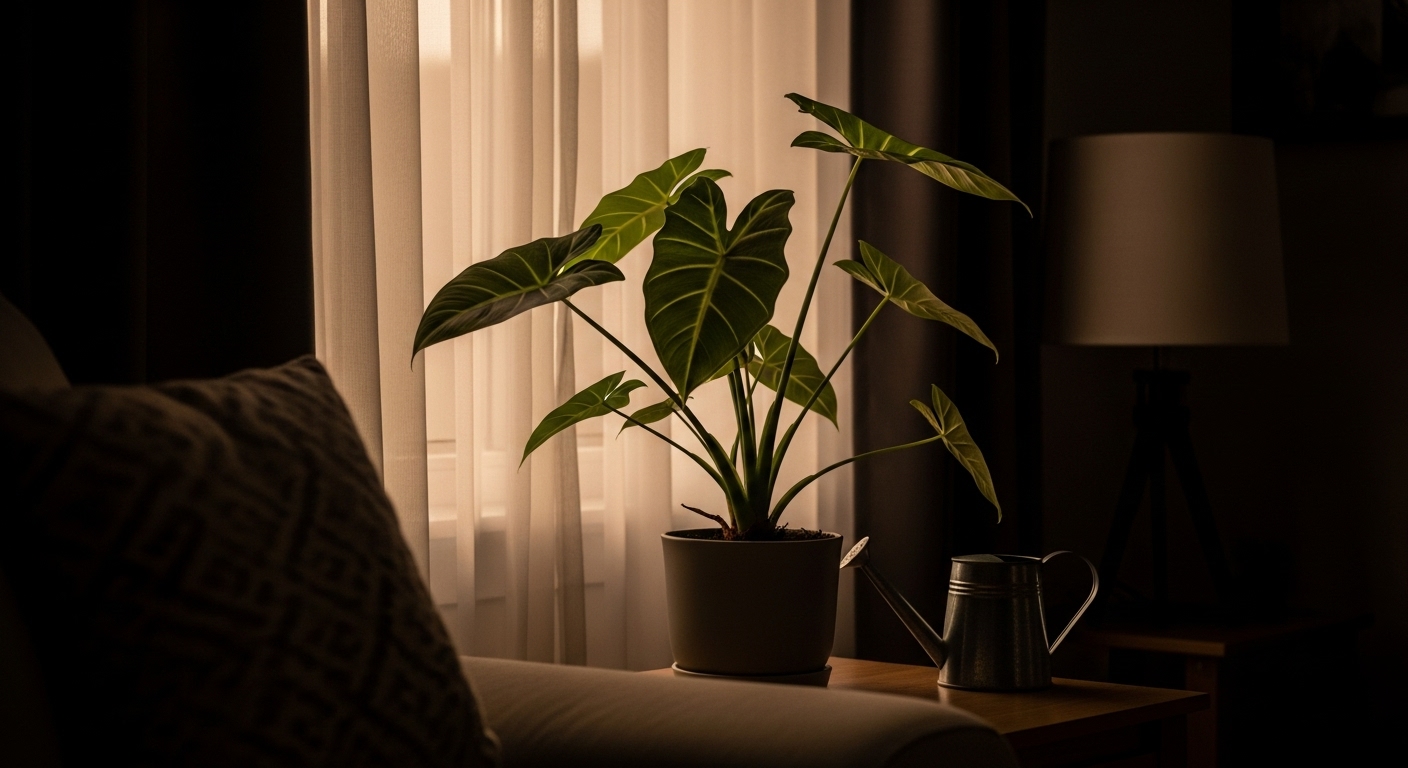 As the plant matures, some of its leaves will be damaged through freeze-thaw cycles. First of all, reduce the water supply gradually over time until you skip a phase; secondly, keep the fungal spores out of the pot; and lastly, the tiny rafts of soil should be removed to inhibit these pests. Keep the temperature the same all year round and shade the plant from the draft air.
As the plant matures, some of its leaves will be damaged through freeze-thaw cycles. First of all, reduce the water supply gradually over time until you skip a phase; secondly, keep the fungal spores out of the pot; and lastly, the tiny rafts of soil should be removed to inhibit these pests. Keep the temperature the same all year round and shade the plant from the draft air.
Advanced Tips for Arrowhead Plant Care
For those who want to exceed the arrowhead plant car, might think of following the best-practice tricks mentioned below:
Training and Shaping
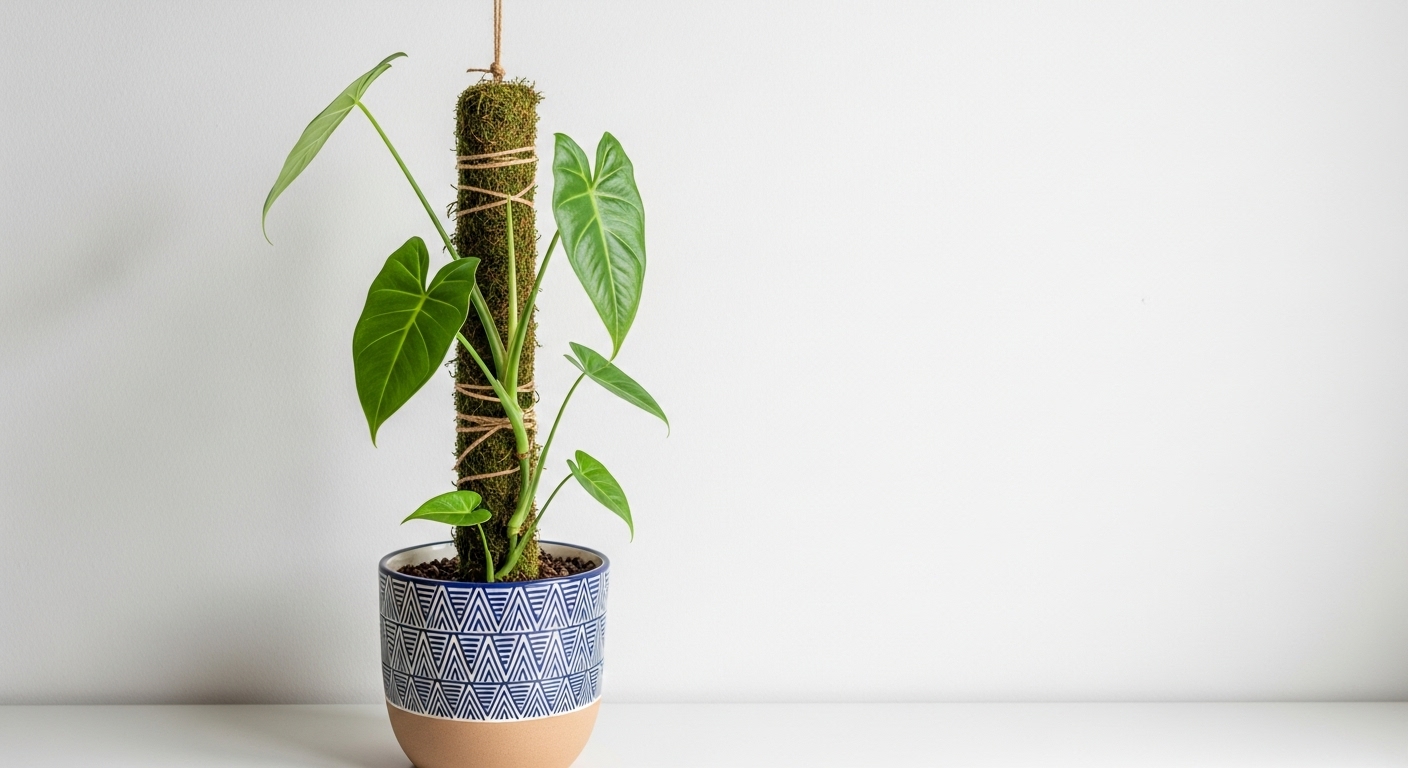 To have a more dramatic, space-saving, and vertical plant display, you may want to use stakes or a moss pole to direct and grow the plant upwards. This will be so cool and so different that the locals will be talking about it to their friends.
To have a more dramatic, space-saving, and vertical plant display, you may want to use stakes or a moss pole to direct and grow the plant upwards. This will be so cool and so different that the locals will be talking about it to their friends.
Variegation Maintenance
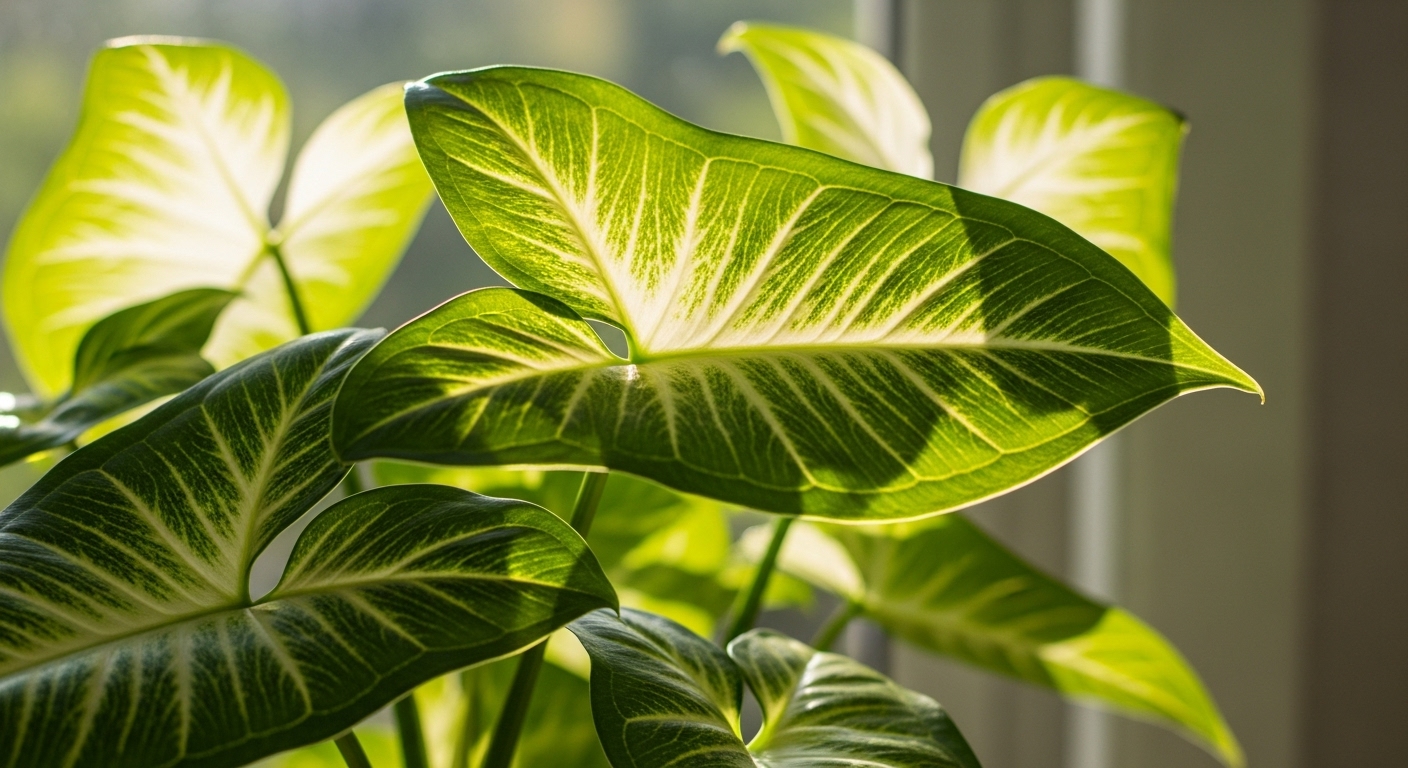 For a variegated one, set up the light requirement first. Prolonged exposure to low light may result in the loss of variegation. It may also be noticeable that when dealing with the adult ones, the leaves often turn yellowish.
For a variegated one, set up the light requirement first. Prolonged exposure to low light may result in the loss of variegation. It may also be noticeable that when dealing with the adult ones, the leaves often turn yellowish.
Benefits of Growing Arrowhead Plants
Arrowhead plants make a great addition to a room and may hold a few benefits other than their visual appeal. These versatile plants can thrive both indoors and in the garden, depending on your climate. Like other popular houseplants such as pothos or peace lily, arrowhead plants are widely loved for their adaptability and ease of care. The following are ways to exploit the arrowhead plant benefits by using indoor spaces:
Air Purification
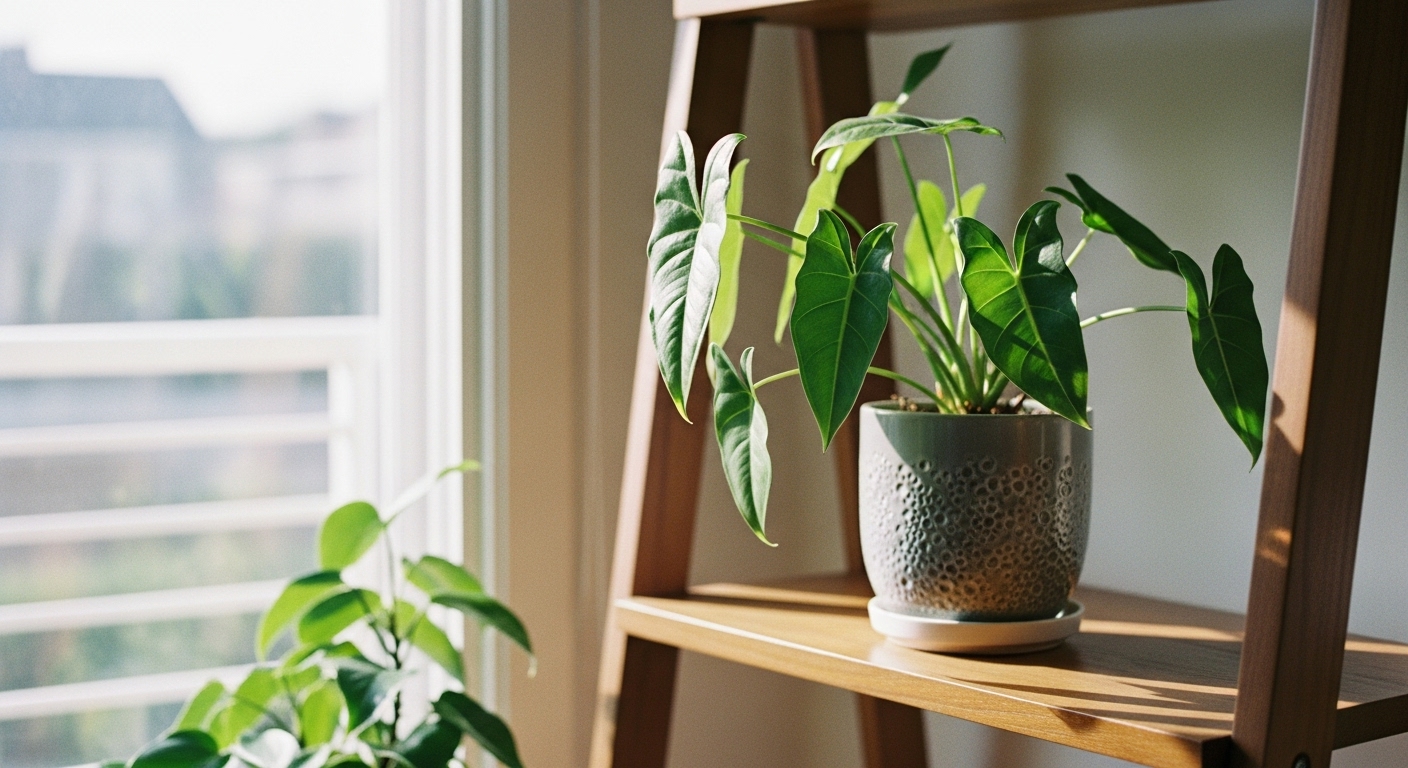 Arrowhead plants are famous for their ability to remove toxins from the house. Thus, air quality in your house or office will be enhanced.
Arrowhead plants are famous for their ability to remove toxins from the house. Thus, air quality in your house or office will be enhanced.
Low Maintenance
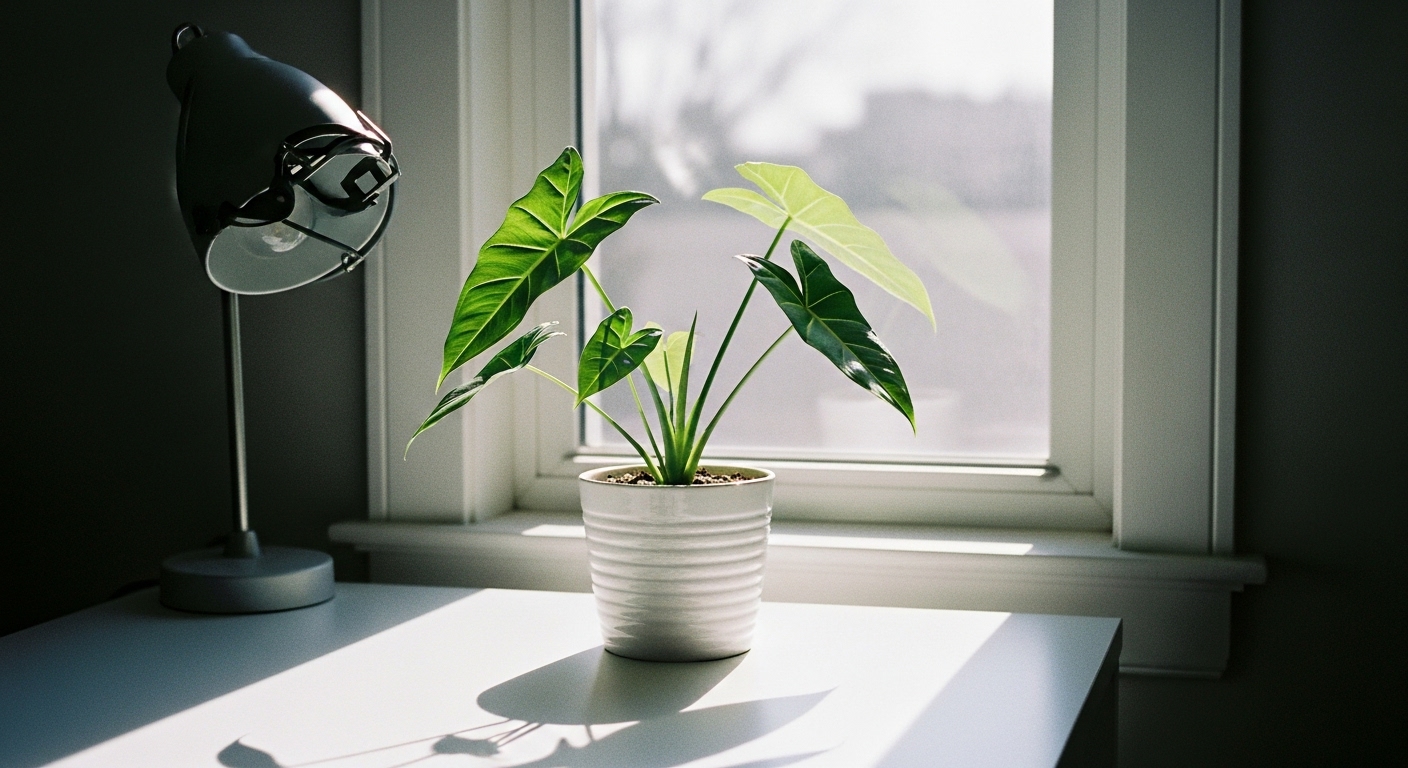 A well-tended arrowhead plant is a plant that can be taken care of almost effortlessly. It is almost a strong favorite among the time-pressed who seek to make an oasis in their homes. You may also like our guide on low-maintenance landscaping.
A well-tended arrowhead plant is a plant that can be taken care of almost effortlessly. It is almost a strong favorite among the time-pressed who seek to make an oasis in their homes. You may also like our guide on low-maintenance landscaping.
Versatility
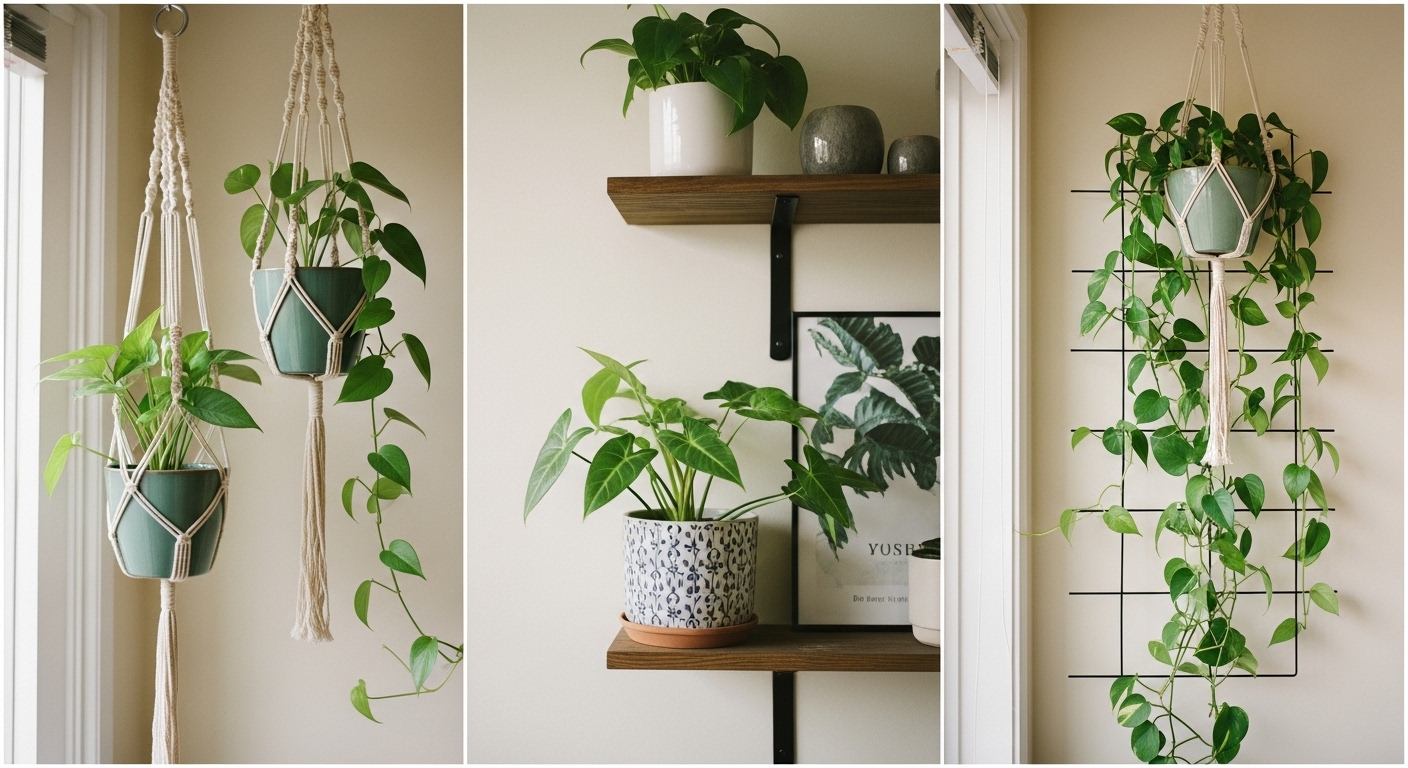 Besides being an ordinary pot plant, these plants can be grown in multiple ways – as hanging plants, climbers, or in a regular pot, adding elegance to your indoor decor. Their adaptability makes them perfect for decorating small spaces or maximizing vertical appeal.
Besides being an ordinary pot plant, these plants can be grown in multiple ways – as hanging plants, climbers, or in a regular pot, adding elegance to your indoor decor. Their adaptability makes them perfect for decorating small spaces or maximizing vertical appeal.
Conclusion
Arrowhead plant care is a lovely and ecological activity for all the people who want to bring a green oasis into their apartments. These diverse and captivating plants thrive when they get the proper amount of light, water, and nutrients. Always remember that the key factor in arrowhead care is consistency. With patience and continued care, your arrowhead plant will shine, and you will be able to enjoy a tropical paradise inside your home. If you’re looking for another comprehensive guide to indoor plant care, explore our other articles.
FAQs about Arrowhead Plant Care
How often should I water my arrowhead plant?
Water as soon as the top layer of soil comes up completely dry. In case your environment changes, it may be more or less individually, but generally, once a week.
Can arrowhead plants tolerate low light?
Yes, they will survive under low-light conditions in a room, but they will thrive more under indirect sunlight. If you provide low light to them, they might grow slower and weaker leaves might be produced due to lower chlorophyll levels.
How do I propagate my arrowhead plant?
To propagate your syngonium plant, take a stem with two or more leaves and cut the bottom leaf. Then, put it in water. Finally, when the roots become visible, transfer them into the soil.
How big do arrowhead plants grow?
They usually grow 3 to 6 feet tall and 1 to 2 feet wide in a mature stage, respectively, and achieve this if cared for properly and depending upon the variety. Healthy green leaves are a sign of good growth in your arrowhead plant.
Why are my arrowhead plant’s leaves turning yellow?
It happens mainly due to the cause of overwatering. Differentiate the methods by first making sure that there is adequate drainage and then adjusting your watering schedule accordingly.
Can I grow arrowhead plants outdoors?
Nevertheless, the best time to nurture them is between 10-and 12, advised that one should go the route of East African countries, the birthplace of this plant, which enjoy warm summers, and the westerly cool, oceanic-temperate, moderate climate, providing shade whenever needed.
How do I increase humidity for my arrowhead plant?
With your pebble water pot or water group that connects plants, you can increase the humidity level, or otherwise, choose a humidifier to run in the vicinity and get moisture from there.
Ready to help your Arrowleaf plant thrive? Dive into our comprehensive care guide for expert tips on watering, sunlight, soil, and more. Whether you are an initiate or a veteran, this point has everything you need. Start nurturing your Arrowleaf today and enjoy a healthier, more vibrant plant!











